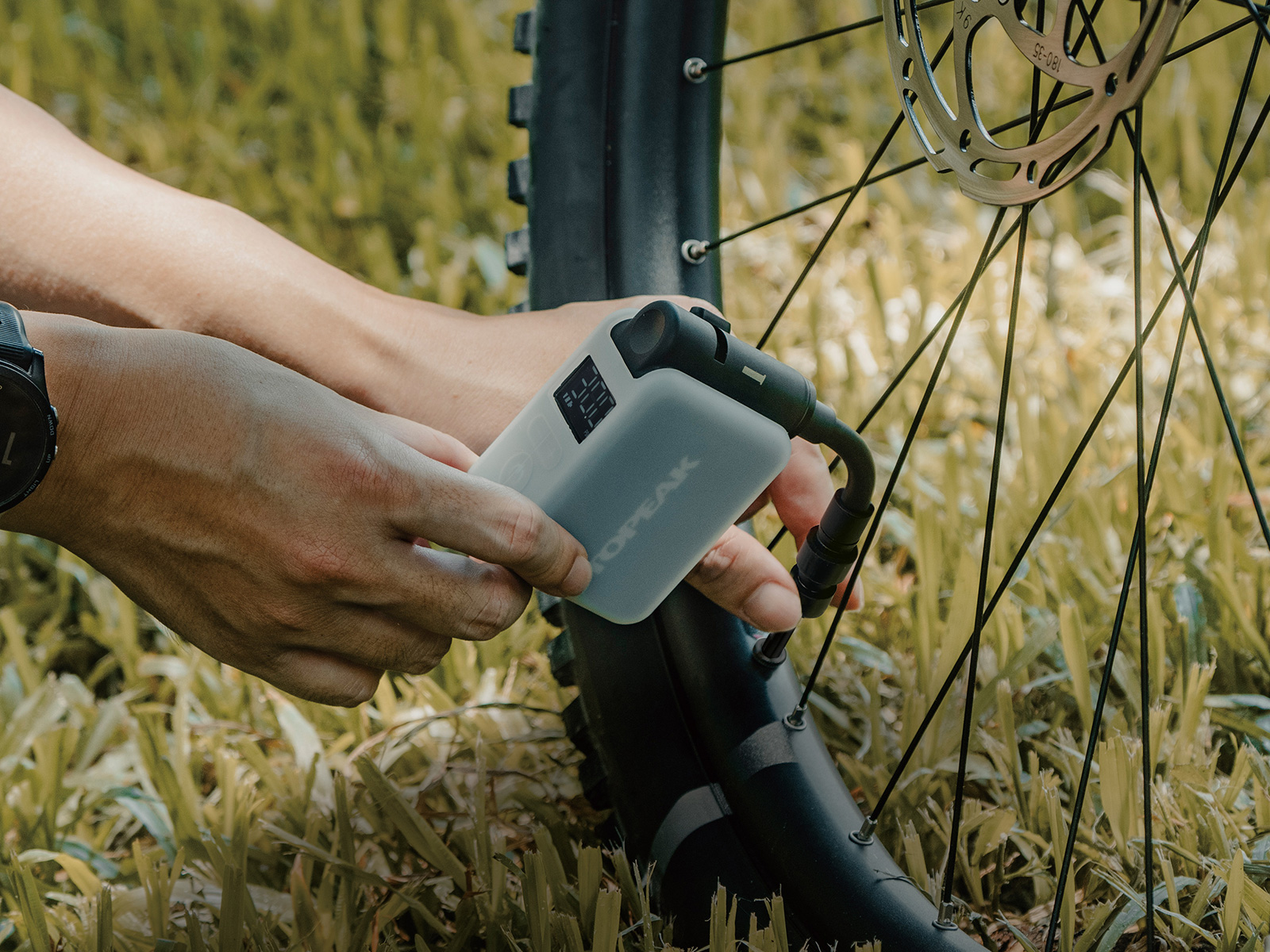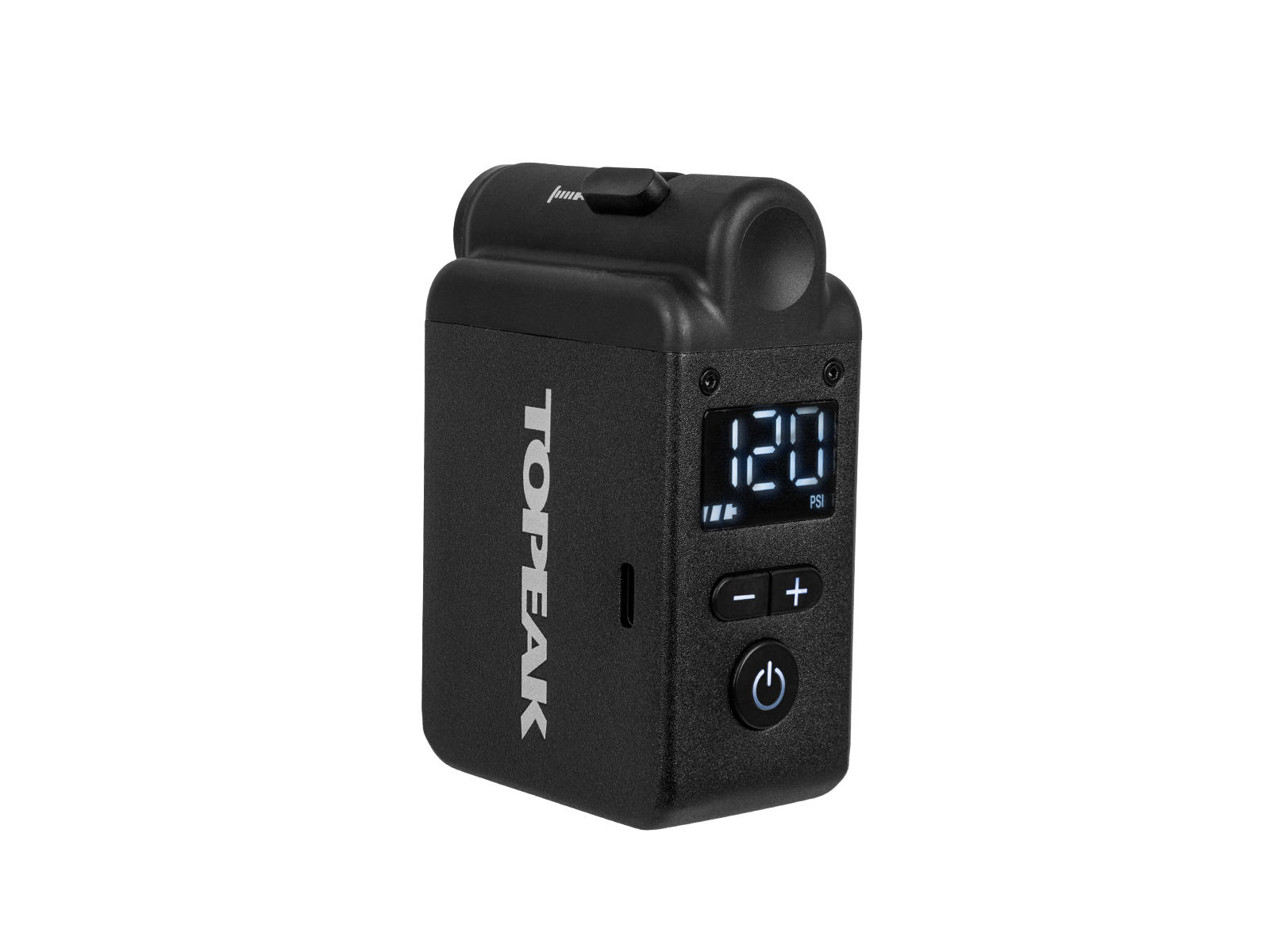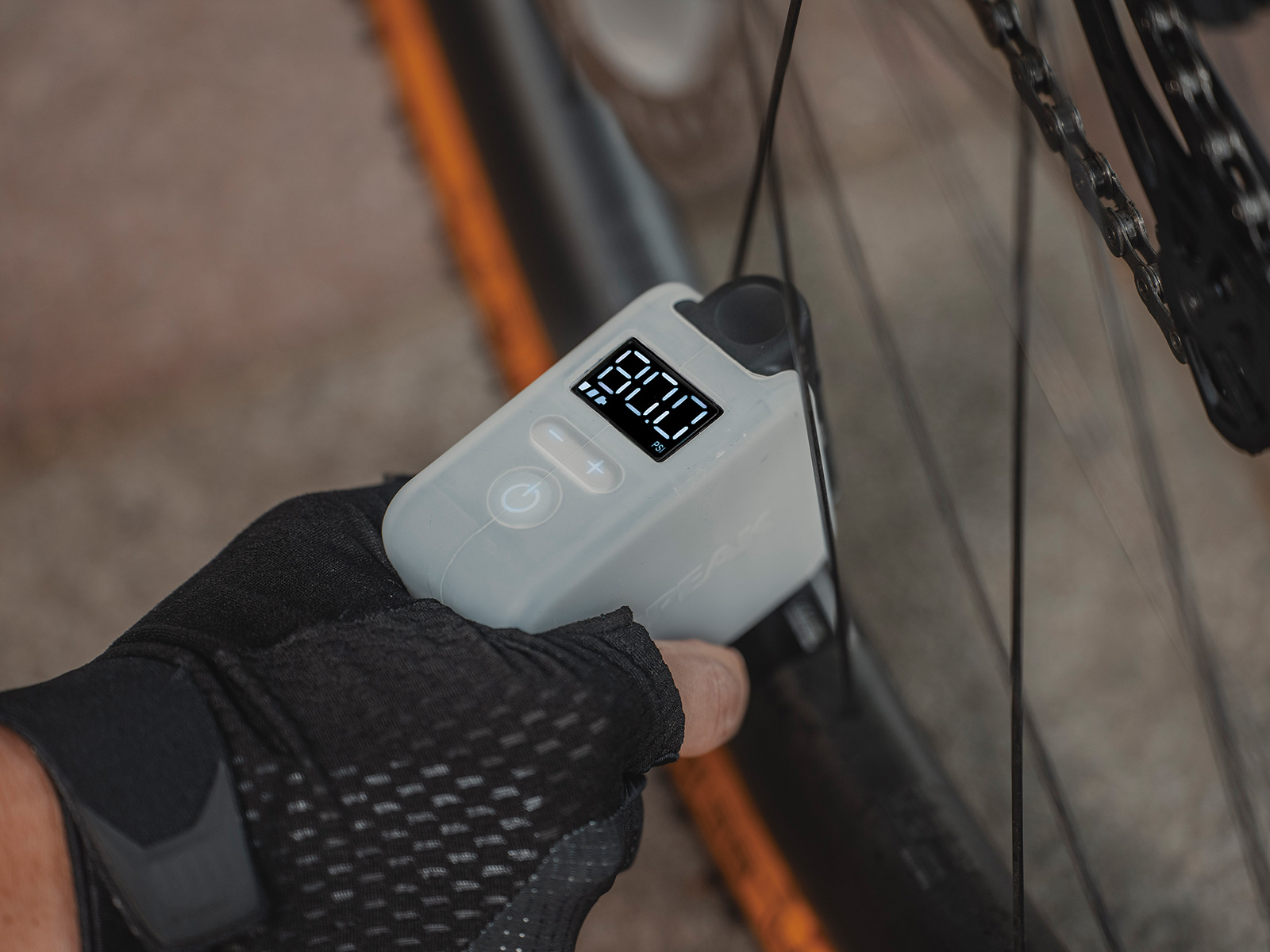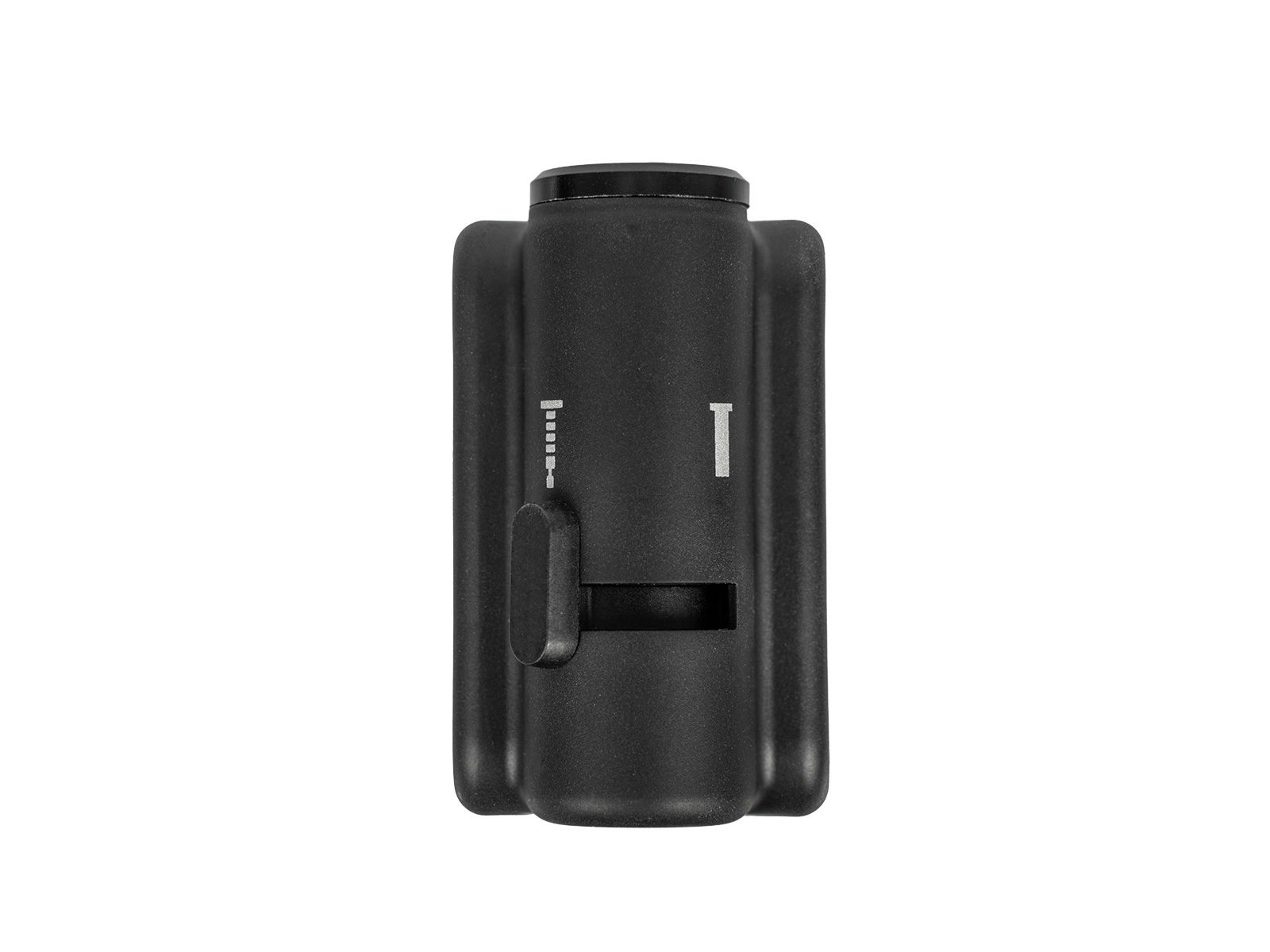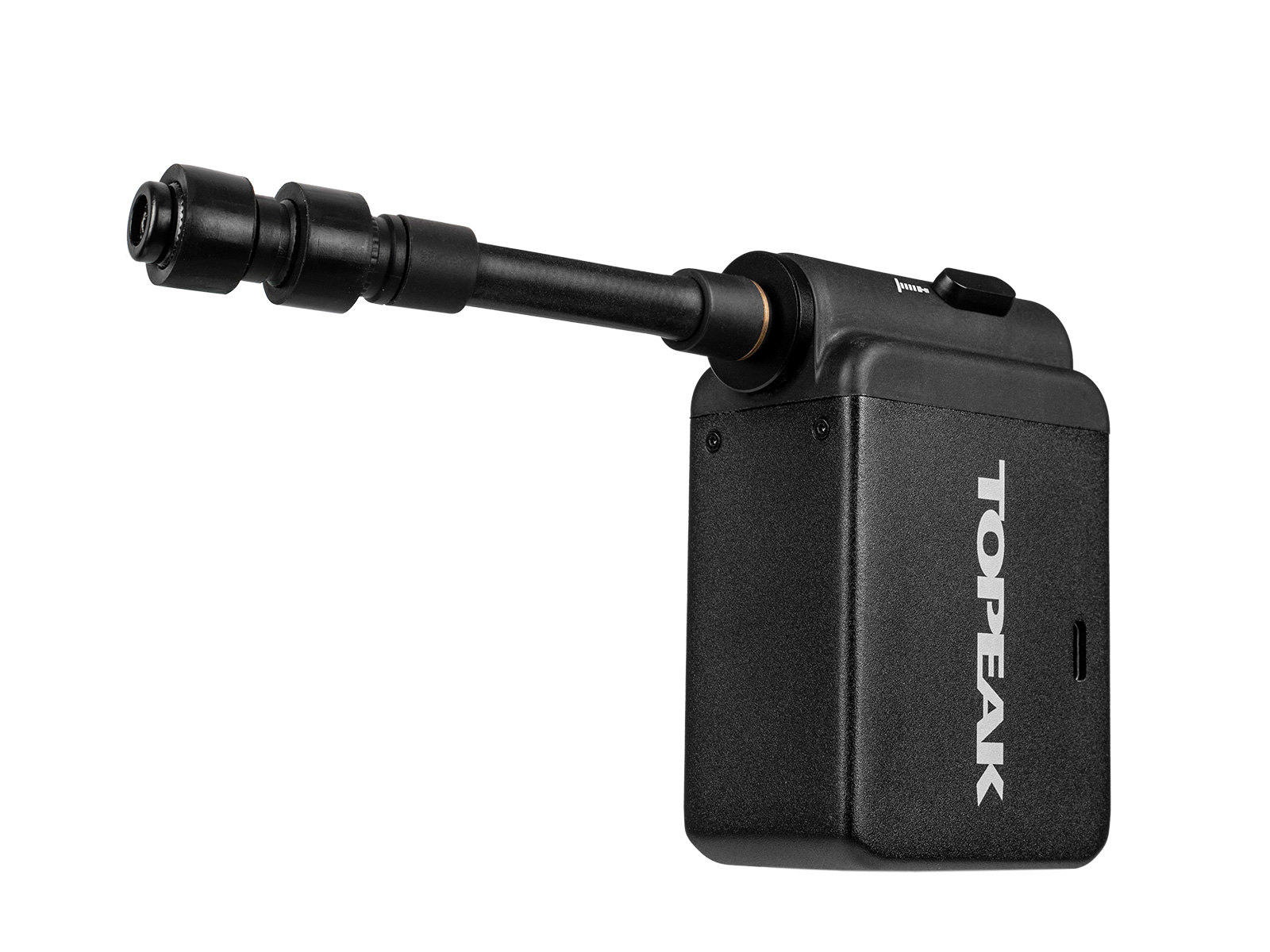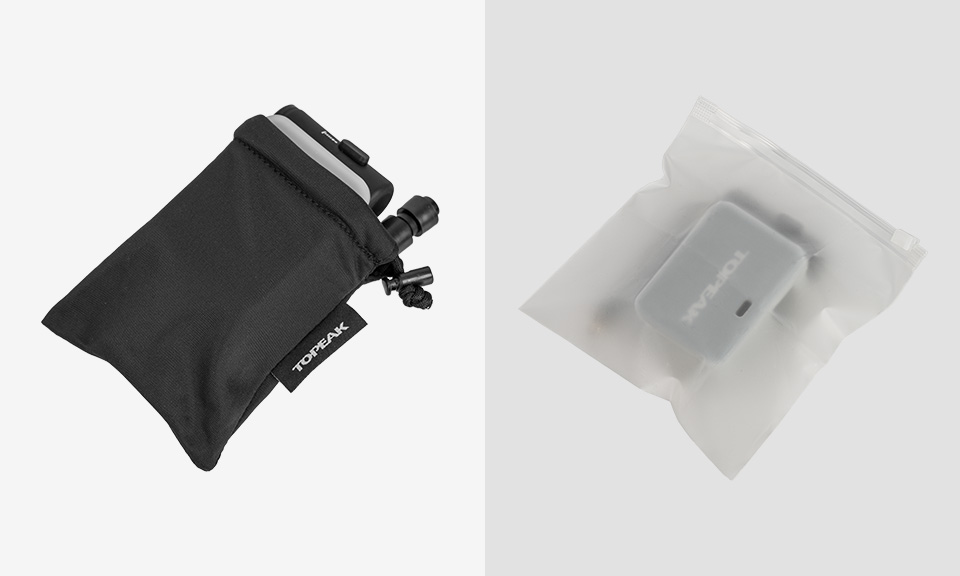
Look, I’ve been carrying CO2 cartridges in my jersey pocket for twenty years, and honestly? I’m tired of the waste, the cost, and that sinking feeling when you blow through your last cartridge on a ride. When Topeak announced their e-Booster Digital electric pump, I was skeptical—but after three months of real-world testing on everything from quick roadside fixes to pre-ride pressure checks, this little gadget has earned a permanent spot in my gear rotation.
Here’s the deal: electric pumps aren’t going to replace your floor pump at home, but for on-the-go inflation, the e-Booster changes the game in ways I didn’t expect.
The Electric Pump Reality Check
What This Thing Actually Does
The e-Booster is essentially a palm-sized electric pump with a digital pressure gauge. You set your target pressure, attach it to your valve, hit the button, and it automatically inflates to your preset and stops. No more guessing, no more over-inflation disasters, no more arm fatigue from pumping.
After testing it on everything from my road bike’s 700x25c tires at 100 psi to my gravel bike’s 40mm rubber at 40 psi, the consistency is what impressed me most. Every single time, it hits the target pressure exactly.
Real-World Performance Numbers
Here’s what I learned after dozens of inflations:
- 29x2.4" MTB tire: 0 to 25 psi in about 80 seconds
- 700x28c road tire: 0 to 85 psi in roughly 2 minutes
- Battery life: Typically 4 full tire inflations per charge
- Charging time: 45 minutes gets you back to full capacity
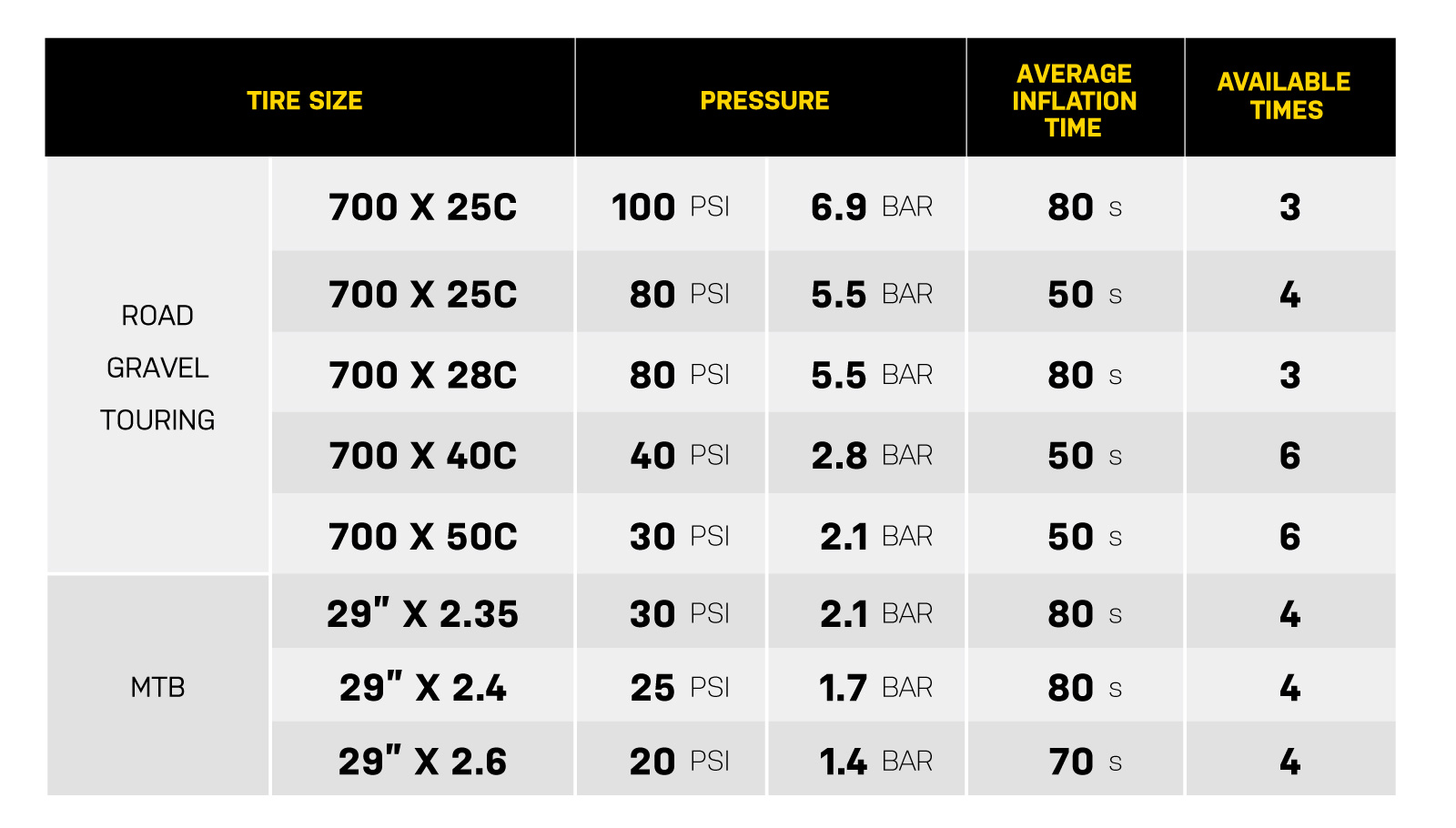
The time chart that comes with the pump isn’t marketing fluff—these numbers are surprisingly accurate in real use.
Convenience vs. Traditional Methods
Compared to CO2 Cartridges
I used to go through 3-4 CO2 cartridges per month between flats and pressure adjustments. At $2-3 per cartridge, the e-Booster pays for itself in about a year if you’re a regular rider. More importantly, no more cartridge waste and no more panic when you’re down to your last one.
The inflation speed is faster than hand pumping but slower than CO2. For roadside repairs, the extra 30 seconds doesn’t matter when you know you’ll get consistent results every time.
Compared to Mini Hand Pumps
This is where the e-Booster really shines. I’ve used mini pumps for decades, and honestly, they’re often exercise in frustration. Getting high pressure requires serious effort, the gauge readings are questionable, and you’re usually sweating by the time you’re done.
The e-Booster eliminates all of that. Set it, start it, and wait. No physical effort, no guesswork, no arm pump from trying to hit 90 psi with a 6-inch pump.
Design and Build Quality
Size and Portability
At 181 grams, it’s heavier than a basic mini pump but lighter than carrying a pump plus a separate pressure gauge. The size fits comfortably in a jersey pocket, though it’s definitely more noticeable than a CO2 inflator setup.
The included storage bag is well thought out—it holds the pump, extender hose, and charging cable in a compact package that fits easily in a seat bag or backpack.
Construction Quality
After three months of bouncing around in jersey pockets and seat bags, the e-Booster shows minimal wear. The housing feels solid, the digital display is bright and clear, and the SmartHead valve connection is intuitive and secure.
The 2-inch built-in hose works for most situations, but the included extender hose is essential for bikes with tight valve access or when you don’t want to hold the pump directly against the valve.
Battery Life and Charging
Real-World Battery Performance
Topeak claims 4 tire inflations per charge, and that’s been accurate in my testing. If you’re just topping off pressure (20-30 psi adjustments), you can get more uses. Full inflations from completely flat eat more battery, obviously.
The 45-minute charging time is genuinely convenient. Plug it in when you get home from a ride, and it’s ready for the next adventure. The USB-C connection is modern and reversible, which beats the proprietary charging setups on some competing pumps.
Battery Anxiety Reality
The one legitimate concern is battery dependency. If it’s dead, it’s useless. I’ve started checking battery level before longer rides, and I keep a basic CO2 setup as backup for multi-day events where charging might not be available.
That said, in three months of regular use, I’ve never been caught with a dead battery because the charging is so quick and convenient.
Technical Features That Matter
Digital Pressure Display
The digital gauge is accurate and easy to read. After comparing readings with my Silca floor pump gauge, the e-Booster consistently reads within 1-2 psi—more than accurate enough for real-world use.
Being able to see exact pressure during inflation prevents over-inflation, which was always a risk with CO2 cartridges, especially in hot weather.
Preset Pressure and Auto Shutoff
This feature transforms the user experience. Set your target pressure once, and the pump remembers it. For subsequent inflations, just attach and hit the button. The auto shutoff prevents over-inflation and means you can attach the pump and walk away—no babysitting required.
The SmartHead valve connection works reliably with both Presta and Schrader valves without any adapter swapping or configuration changes.
Heat Generation Reality
The One Genuine Concern
The pump does get warm during use, especially during longer inflation cycles. It’s not burning hot, but it’s noticeable. During a 2-minute inflation to high pressure, the housing gets quite warm to the touch.
This hasn’t affected performance or caused any reliability issues, but it’s worth knowing. The pump seems designed to handle this heat generation, but I wouldn’t want to do multiple back-to-back high-pressure inflations without letting it cool down.
Who This Makes Sense For
Perfect for Regular Riders
If you ride multiple times per week and deal with pressure adjustments, flats, or just want convenient inflation, the e-Booster delivers genuine value. The convenience factor is hard to overstate once you get used to preset pressure and automatic operation.
For riders who go through CO2 cartridges regularly, the cost savings alone justifies the investment within a year.
When to Stick with Traditional Methods
For occasional riders or those who rarely deal with flats, the $130 investment is harder to justify. A basic mini pump and some CO2 cartridges will handle infrequent needs just fine.
If you primarily ride close to home where you can easily get back to a floor pump, the e-Booster’s convenience might not be worth the cost and complexity.
The Bottom Line After 3 Months
The Topeak e-Booster Digital represents a genuine improvement in portable inflation for regular cyclists. The convenience, consistency, and environmental benefits over CO2 cartridges make it worthwhile for riders who inflate tires regularly.
Is it necessary? Absolutely not. Cyclists have been managing with hand pumps and CO2 for decades. But for riders who value convenience and consistency, the e-Booster delivers real practical benefits that justify its premium price.
Where to Buy: Available on Amazon and authorized Topeak dealers. Amazon’s return policy provides peace of mind for this type of investment purchase.
After twenty years of fighting with mini pumps and throwing away CO2 cartridges, having a reliable, consistent, automatic inflation solution feels like a genuine step forward in cycling gear.
Available Now
Specifications
Pros
- + No more CO2 cartridge waste and ongoing costs
- + Digital display shows exact pressure readings
- + Preset target pressure with auto shutoff
- + Fast charging in just 45 minutes
- + Fits easily in jersey pocket or small pack
- + Works with both Presta and Schrader valves
- + Consistent performance unlike hand pumps
Cons
- - Premium price point at $130
- - Gets warm during extended use
- - Limited capacity compared to floor pumps
- - Battery dependency for functionality


